Washing machine feet - how to adjust?
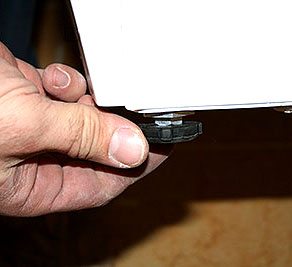 Any washing machine needs proper installation. If it is installed incorrectly, this can negatively affect both the washing of clothes and the service life of this household appliance. In addition, if the machine is installed incorrectly, it may start to make noise.
Any washing machine needs proper installation. If it is installed incorrectly, this can negatively affect both the washing of clothes and the service life of this household appliance. In addition, if the machine is installed incorrectly, it may start to make noise.
If you do not adjust the legs of the machine, then most likely it will not stand stable enough. And when washed it may begin to wobble. Due to its wobbling and vibration, the internal parts of the machine may begin to come into contact with the body or with each other. This will cause noise. And in addition to the noise, such an installation of the washing machine will lead to rapid failure of its parts. And some parts are expensive.
In addition to adjusting the legs, you also need to take care of the floor surface on which the machine will be located. The floor, which is perfect for our household appliances, must be hard and level. For example, concrete. If you are installing a washing machine in a wooden country house, then it is advisable to prepare a separate section of the floor for the machine. It will need to be filled with concrete.
How to adjust a washing machine?
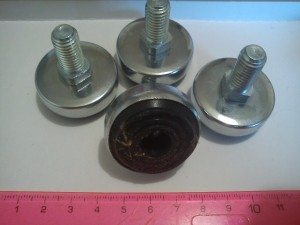 To regulate and level the machine, its creators provided special twist-out legs. In order to increase or decrease the height of a particular leg, you can screw it into the body, or vice versa, unscrew it. With these steps you can level the washing machine.
To regulate and level the machine, its creators provided special twist-out legs. In order to increase or decrease the height of a particular leg, you can screw it into the body, or vice versa, unscrew it. With these steps you can level the washing machine.
To make sure it is stable, you can shake it slightly. If it falls in any direction, then you need to adjust the leg on that side.That is, increase its height. If it falls in both directions, then you need to unscrew the two legs alternately. Do this until the washing machine reaches its normal, stable position.
There is no need to immediately twist all the legs to the maximum. This approach will prevent you from installing the machine correctly.
Important nuances of correct adjustment
 In addition to simply adjusting the legs for a washing machine by eye, special adjustment is also highly desirable. In addition to stability, for the machine to work well, it needs to be level. Therefore, you should also take into account whether the machine is tilted in one direction or another.
In addition to simply adjusting the legs for a washing machine by eye, special adjustment is also highly desirable. In addition to stability, for the machine to work well, it needs to be level. Therefore, you should also take into account whether the machine is tilted in one direction or another.
To check this, we recommend using a building level. This tool is perfect for measuring deviations. Place it on the top of the machine body. First, parallel to the front and back walls of the machine. Then parallel to the side walls. And pay attention to the position of the bubble in the cell with water. It should be within the lines in the center of the glass cell. This means that the machine is level. If the bubble deviates to the left or to the right, then the legs need to be adjusted.
Adjusting the washing machine legs with a building level will ensure the correct position of your household appliances. And this, in turn, guarantees you that during operation the internal parts of the machine will not once again touch each other - each other and the body. And accordingly, they will remain operational longer.
If you follow the rules for installing your washing machine, its use will be long and enjoyable.
What else is important when installing the machine?
- Don't forget to remove the shipping bolts. They are located at the back of the washing machine and secure the drum.Plug any holes that appear with the plugs that come with the kit.
- Place the inlet hose at the drain location. You can use a sewer pipe, sink, or bathtub as such a place. The height of the hose should not exceed the height recommended by the manufacturer of your machine. You can find recommendations in the documentation that came with your household appliances.
- You will also need to connect to cold water. For this purpose, the washing machine comes with an inlet hose. It screws onto the washing machine and onto a special insert. If you don’t have a tap into the pipe, then you need to make one. There must be a tap in front of the water branch that leads to the machine to shut off the water.
- Now all we have to do is connect the washing machine to electricity. For it, it is advisable to use a separate socket with an RCD (residual current device) and a circuit breaker.
To make it easier for you to connect the machine yourself, we decided to add a video:
Interesting:
Reader comments
- Share your opinion - leave a comment



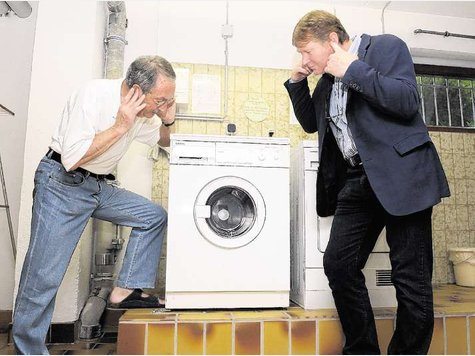

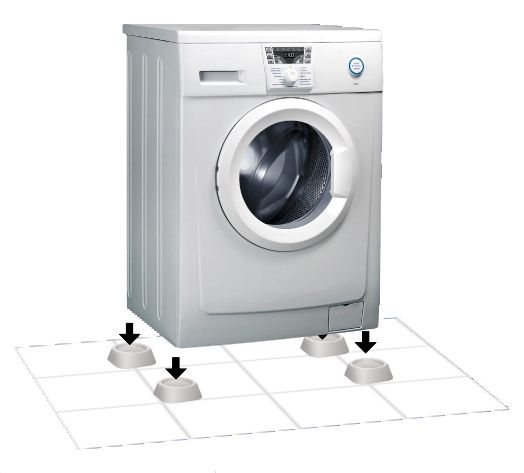
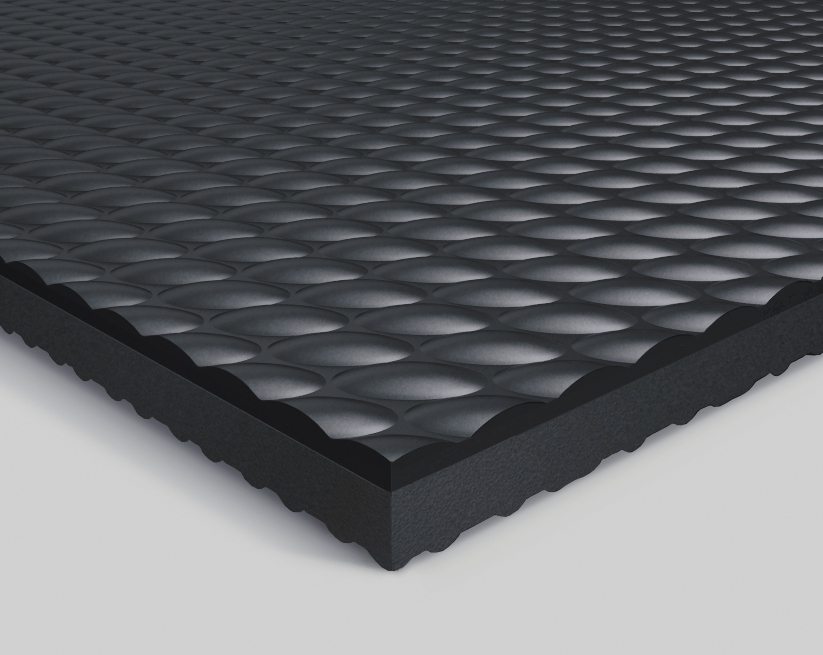














Add a comment